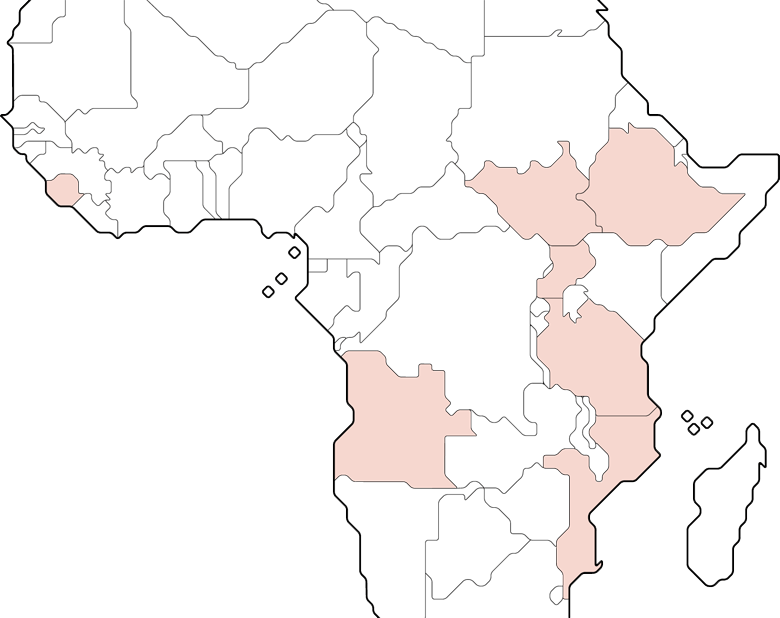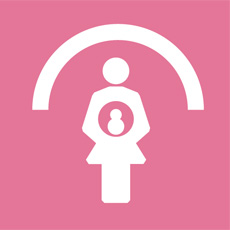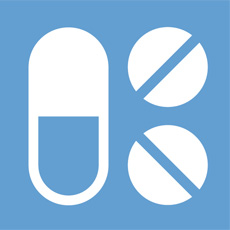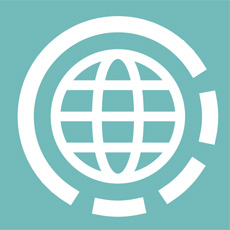A inner dedication to health and human resources
Olumide Salawu is the new Country Manager for South Sudan. He shares how he first encountered CUAMM and what challenges lie ahead for the organization’s work in the Africa’s youngest nation.
Doctors with africa CUAMM is an NGO working for the promotion and protection of health in Africa.
CUAMM cooperates with local operators in hospitals, health centers, villages and universities, to improve the health conditions of communities in Sub-Saharan Africa.
The organization actively operates in 9 sub-Saharan African countries with long-term healthcare projects, within a framework of social inclusion.
Field research is an integral part of our strategic plan. It complements our work on the ground and it helps us to deliver increasingly effective results.
Read the very latest news about our work alongise the most vulnerable populations and do not miss our events.
Doctors with Africa CUAMM staff is required to have deep-rooted motivation and solid professionalism. Check our vacancies and join our effort.
redazione_adm2025-07-18T12:20:40+02:0018 July 2025|
Olumide Salawu is the new Country Manager for South Sudan. He shares how he first encountered CUAMM and what challenges lie ahead for the organization’s work in the Africa’s youngest nation.
casagrande2025-07-16T10:47:08+02:0016 July 2025|
A training course was held in Bangui, Central African Republic, to improve hospital staff knowledge of infection prevention and control. The skills and capacity building activities, as well as the practical training of healthcare workers at CHUPB, are part of the intervention “Support to paediatric and nutritional care, resilience and governance at CHUPB”, funded by the European Union and implemented with Action Against Hunger (ACF).
redazione_adm2025-07-11T14:57:47+02:0011 July 2025|
The fourth edition of the global gathering dedicated to the swift recovery and long-term reconstruction of Ukraine took place in Rome on 10 and 11 July. CUAMM participated in it and collaborated with several other NGOs in the side event dedicated to empowering people, organized by Caritas Italiana.
casagrande2025-07-11T12:12:49+02:0011 July 2025|
redazione_adm2025-07-10T09:19:50+02:0010 July 2025|
Founded in 1950, Doctors with Africa CUAMM was the first non-governmental organization focused on healthcare to be recognized by the Italian government. It is now the country’s leading organization working to protect and improve the wellbeing and health of vulnerable communities in Sub-Saharan Africa.
Refine your search using the filters below

The weeks after birth are critical for the health of mothers and premature newborns; the highest rate of infant mortality is usually reported in this period due to neonatal hypothermia associated with morbidity and mortality. Earlier studies have shown the reduction of neonatal hypothermia through the use of simple woolen caps during Kangaroo Mother Care. The study’s results will help us understand the actual effectiveness of the use of these caps, well suited to countries with limited resources.

In countries with limited resources, stethoscopes are rarely available and heart rates are usually detected by palpitating the umbilical cord. Previous studies on dummies and healthy infants have shown that this method is somewhat inaccurate. The hypothesis is that umbilical cord palpation might underestimate the heart rate, in particular when used on infants with bradycardia. The research objective is to accurately determine methods recommended for detecting heart rate in newborns who require resuscitation at birth.

The research objective is to determine the prevalence of diabetes mellitus (DM) in patients with TB in health centers in Luanda, Angola. Diabetes mellitus seems to severely affect people with tuberculosis, dramatically increasing patients’ mortality rate due to relapse, recidivism, and reactivation of the TB. Though the data collection is yet to be completed, preliminary results confirm that there is a major correlation between the two diseases. We therefore need to find a solution to treat both diseases jointly.


Diabetes mellitus (DM) seems to occur in correlation with tuberculosis, having a serious impact on the care of patients suffering from TB. The primary research objective is to estimate the prevalence of diabetes mellitus in new patients with active pulmonary tuberculosis. The next step will be to evaluate the treatment of TB in its different phases in diabetic patients. We will thereby seek to assess the clinical presentation of tuberculosis in diabetic patients, comparing them to non-diabetic patients and noting complications caused by DM in patients with TB.


The use of Cesarean sections is on the rise worldwide. However, especially in the low- and middle-income countries, the reasons for its use are controversial and not always to the benefit of maternal health. The research aims to analyze the effect of Cesarean sections at a hospital in Chiulo, Angola using the Robson classification system. Robson’s criteria may be a good starting point for a systematic review of Cesarean births. The classification will also let us implement strategies to reduce the frequency of medically unnecessary primary C-sections.

The project is based on developing anthropological research in order to improve access and use of maternal, child, and adolescent health services in the districts of Hamer and Daasanach in the South Omo Zone, starting from understanding the current condition of women in these two districts. Poor education, lack of money, and long distances from the nearest health center are currently the main factors hindering women’s access to health services for mothers, children, and adolescents. The survey’s second objective is to study nutrition in pregnant women, mothers, and newborns, the traditional practice of newborn care, and the situation of adolescent girls at risk for early pregnancy.

Snakebites cause death or severe disability, both physical and psychological. However, its recognition as aninternational public health problem has been hindered by inadequate epidemiological data. There is indeed very little data about the severity of snakebites in sub-Saharan Africa and in South Sudan areas. The study’s goal is to observe the number, clinical profiles, and outcomes of snakebites in three different hospitals and one health center in rural areas in South Sudan.

The incidence of HIV in Mozambique is still high and causes thousands of deaths every year. Most studies in Mozambique were conducted retrospectively, and there is still no data on the main surgical diseases affecting patients with HIV. We do not even know what the possible risk factors of these diseases. The research aim is to learn the surgical pathologies and main associated factors affecting HIV-infected patients. Particular attention should be paid to the clinical monitoring of patients to deliver the correct and timely follow-up in order to improve the patients’ prognosis.

Mozambique has the eighth highest incidence of HIV in the world. Although the number of new infections has decreased since 2001, 14,000 children contract HIV every year. Throughout the country, access to care with treatment has been growing. However, it is estimated that only 27% of children who could benefit from antiretroviral treatment actually started treatment during 2012. The results of the studies will be used to better allocate future investments to treat HIV in the country and to ensure high quality care.





